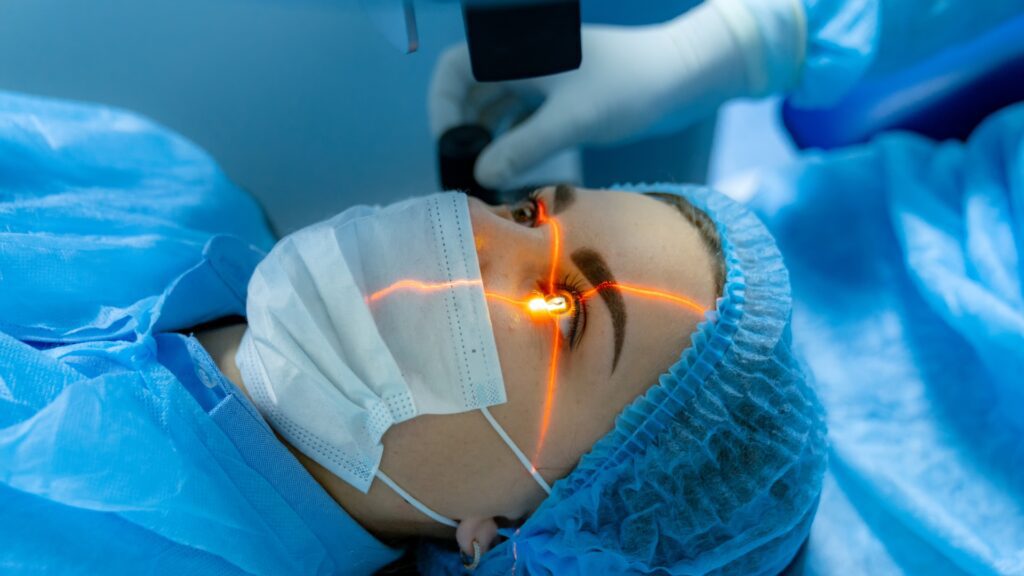
Cataracts affect around 20 million people around the world. It could be hard or soft, partial or complete, stationary or progressive, from case to case. Cataracts are classified as Nuclear Sclerosis, Cortical and Posterior Subcapsular, mainly observed in people of higher age groups, especially after 68 years.
A cataract is a condition in which the natural eye lens gets cloudy due to the breakdown of protein in the lens. As a result, the natural vision becomes blurred and cloudy, showing halos and glares. A laser procedure called Femtosecond is all it takes to treat the issue.
Cataract has been treated traditionally using the manual blade-based procedure. Currently, Femtosecond Laser Surgery, a bladeless Outpatient procedure, has taken over. Maxivision Eye Hospital, the best eye hospital in Hyderabad is happy to give every patient the advantage of Femtosecond laser.
Advantages of Femtosecond laser surgery over traditional surgery:
- Incisions made with laser heal faster than those made with the surgery blade
- A corrective lens isn’t required when the multifocal lens is implanted, except in rare cases
- Less energy goes into the phacoemulsification process. Hence, this decrease in Ultrasound energy may reduce inflammation and swelling of the cornea.
The actual surgery takes around 20 minutes only. But the entire process of preparing for surgery up to the post-operative care may take around 2 to 3 hours. In rare cases, the Cataract may come back after a few months, prompting a second round of treatment.
The Laser Cataract Surgery procedure:
The surgery begins with the application of anaesthesia injected into the patient’s IV fluid. Following this, the surgery team numbs the eye using topical numbing eye drops and then with eye drops to dilate the pupil.
After numbing the eye, the team applies surgical drapes to the patient’s face and cleans the area around the eye.
They place a retractor around the eye to keep it still during the procedure. After stabilising the eye, the surgeon makes a small incision, about 2 to 2.5 mm long, using a laser in the corneal periphery.
The Femtosecond laser breaks the lens into small pieces. Next, the surgeon makes a small circular incision in the lens capsule through a process called Capsulotomy. The team creates a highly sterile environment around the eye by cleaning it thoroughly and covering it with a plastic drape.
Thereafter, the surgeon removes the softened Cataract through a process called Phacoemulsification using a handheld Ultrasound device. An intraocular lens is placed in the capsule following the Phacoemulsification process,
In some cases, the surgeon may create small laser incisions to prevent residual astigmatism post-surgery. The incisions are completely self-healing.
By now, you have a picture of the procedure involved in Laser Cataract surgery. If you or your family member suffers from cataracts or shows symptoms of the same, visit an eye specialist immediately.
Maxivision Eye Hospital has world-class facilities for diagnosing and treating any type of Cataract at affordable rates. Please feel free to contact us for more information or to book an appointment.